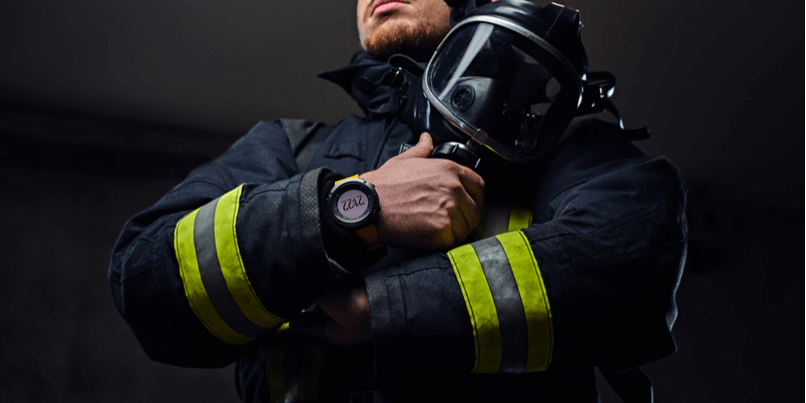 While regulations exist to guide HazMat training requirements for first responders, the reality is that many personnel still don't consider themselves to be adequately skilled in the use of their equipment.
While regulations exist to guide HazMat training requirements for first responders, the reality is that many personnel still don't consider themselves to be adequately skilled in the use of their equipment.
Sometimes it's because there simply isn't enough time to carry out regular and structured training programmes. Sometimes this lack of preparedness comes as the result of budget cuts where training is one of the first things to go.
So says, independent CBRN consultant and subject matter expert, Debra Robinson in a white paper she has written which explores the subject of keeping first responders safe.
As Debra explains, it's not enough for a department to simply purchase a full array of safety and monitoring equipment.
"Responders need to be thoroughly knowledgeable about the capabilities, limitations and applications and be proficient in the use of each piece of equipment, and that takes a great deal of training," she says.
It would seem too that smaller fire departments are often the ones losing out, with many volunteers not always being crystal clear on what their training requirements even entail.
"Large city or larger communities with paid fire departments are far better off than the smaller departments. Some 70-80% of fire departments across the United States are manned by volunteers and many struggle to find volunteers to provide the services, let alone complete the requisite training," she says.
For those departments that do have training coordinators and solid programs in place, there is still the challenge of trying to deliver equipment training that provides the most realistic learning experience possible whilst also guaranteeing personnel safety.
As Debra points out, the equipment that is used to detect, identify and measure hazardous materials can often involve significant risk, even in the presumed safety of a training environment.
Some trainers may still defer to more traditional HazMat training methods - such as the use of powerful simulants that closely mimic the properties of chemical materials. But many of these simulants can be hazardous in their own right, even in the smallest and most controlled of quantities.
In recent years, Debra explains, there's been more of a move towards the use of training simulators which rely on specific frequencies and technologies to replicate the effects of actual, chemical, radiological and biological materials.
Says Debra: "The obvious benefit is the simulators greatly reduce the risks associated with the use of live agents. Used properly, they can be a valuable training tool and can provide for a much more realistic training environment."
Simulators have developed a strong reputation for their abilities to facilitate hands-on training that can simply not be achieved with live agent training methods. Live agents by their nature carry an extreme level of inherent risk - something that is eliminated through the use of simulator equipment.
As Debra highlights, having the opportunity for some "serious hands-on time with the equipment" is another major plus for trainees, where repetition is the key to successful learning.
And there are also tangible benefits to be gained for a department's bottom-line, she says, with the return on investment (ROI) being clearly evident in fewer operator errors, as well as "reduced damage to detectors, avoidance of simulant and source related administration etc. and perhaps even lower insurance premiums."
As Debra argues, it can be easy for political or government leaders to dismiss the need for investment in CBRNe and HazMat training - and particularly when budgets are tight. Bu the risk to communities from chemical, biological or radiological threat is very real. While this may come in the form of terrorist threats, there is also the much greater risk of hazardous materials that exist in our communities' industrial plants, hospitals and businesses.
As Debra concludes: "Ultimately, the decision-point and justification is quite simple. Are you willing to accept the risks associated with under-qualified personnel and insufficient training and capabilities, or should you consider moving toward ensuring you have sufficiently trained, equipped and qualified personnel to respond to the hazards that exist in the community?"
Debra Robinson is founder of 2o8 Consulting & Solutions, based in Lincoln, Nebraska. She provides consulting and SME services in chemical, biological, radiological, and nuclear (CBRN) and Emergency Management preparedness across a diverse range of platforms and industries.





